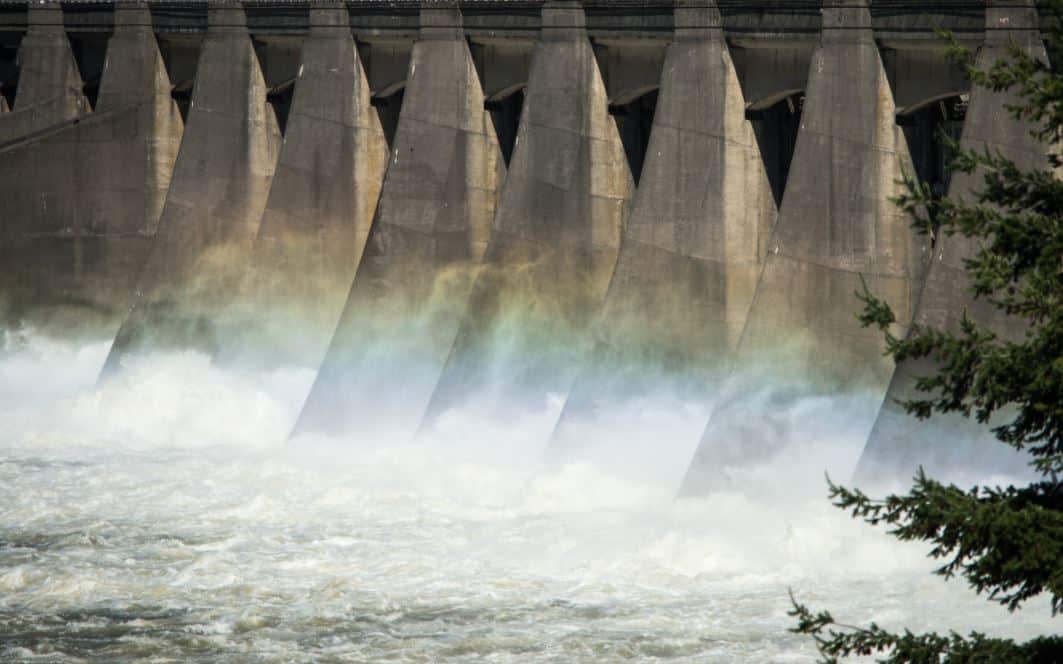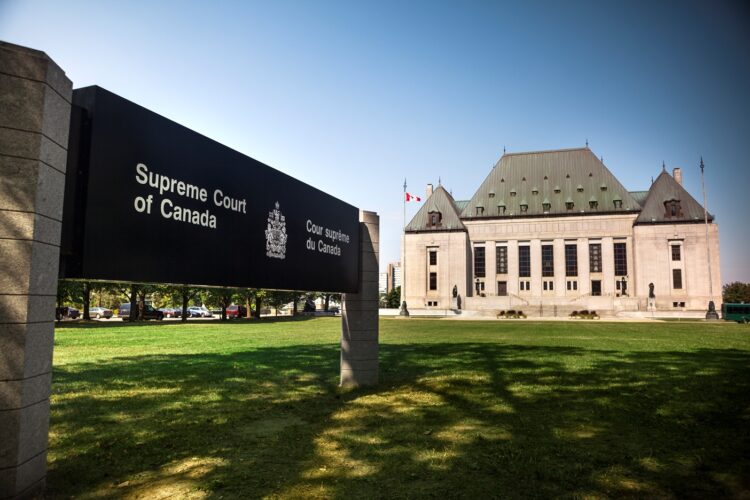Supreme Court Provides Guidance on First Nation Flooding Compensation

On July 16, 2021, the Supreme Court of Canada released its decision in Southwind v Canada. This decision has important implications for the compensation owing to First Nations for flooding and other historical claims involving breaches of the Crown’s fiduciary duties, particularly those involving the loss of use of reserve land.
The Court found that Canada owed Lac Seul First Nation (LSFN) compensation for its flooded reserve lands based on the value of those lands to the hydroelectric project that caused the flooding. Our earlier blog discusses the arguments made before the Supreme Court of Canada and the background of the case.
The Ear Falls Storage Dam, approved by Canada and constructed in 1929, flooded nearly one fifth of LSFN’s reserve lands. Canada knew prior to construction of the dam that there would be significant flooding and damage to LSFN’s reserve lands. LSFN never consented to the project.
At trial, the judge found that Canada breached its fiduciary duty to LSFN by authorizing the flooding. The trial judge went on to find that the breach entitled LSFN to receive equitable compensation based on the value as if Canada had expropriated the lands. LSFN appealed the trial judge’s calculation of the equitable compensation, arguing that Canada’s fiduciary obligations required it to negotiate a revenue-sharing agreement based on the value of the lands to the hydroelectric project.
Principles of Equitable Compensation
The Supreme Court of Canada agreed with LSFN that the trial judge erred in calculating the appropriate amount of equitable compensation. The Supreme Court of Canada departed from the trial judge’s approach and held that equitable compensation must be assessed based on the court or tribunal’s view of what Canada ought to have done if Canada was operating in accordance with its fiduciary duty. In contrast, the trial judge had assessed compensation on the basis of what Canada likely would have done, which was to expropriate the lands under section 48 of the Indian Act. The Supreme Court of Canada found that Canada should have attempted to negotiate a surrender of LSFN’s reserve lands and secured compensation for LSFN based on the intended use of the lands for the hydroelectricity project.
In its decision, the Supreme Court of Canada emphasized the importance of the Crown’s fiduciary duty to Indigenous peoples. The Court reiterated that the Crown’s fiduciary duty carries obligations of loyalty, good faith, full disclosure, and the protection and preservation of First Nations’ interest in reserve lands. Generally, the remedy for a breach of fiduciary duty is to put the plaintiff in the position they would have been in if the fiduciary had not breached its duty. Since it was not possible to return the flooded lands to LSFN, Canada owed equitable compensation to LSFN. In the context of land, the court assesses equitable compensation based on the presumption that the plaintiff would put the land to its highest and best use, as long as it is a realistic use of the lands.
The trial judge reasoned that Canada could legally expropriate the lands and would likely have done so. The Supreme Court of Canada disagreed that Canada’s fiduciary obligations only required the statutory minimum of an expropriation. In this case, Canada had obligations to do more than the bare minimum for three reasons:
- Canada’s fiduciary obligations were not defined by Canada’s ability to expropriate the lands in section 48 of the Indian Act.
- The fact that the land was required for a public work did not negate Canada’s fiduciary obligations.
- Canada’s fiduciary obligations needed to reflect the nature of LSFN’s interest in its reserve lands and the impact of the loss of the lands on LSFN, as well as the principles of reconciliation and the honour of the Crown. These principles were not reflected in a simple expropriation.
In summary, just because Canada had the authority to expropriate the lands did not mean that an expropriation was consistent with Canada’s fiduciary obligations. In other words, Canada’s statutory authority represented the floor of its legal obligations and its fiduciary obligations required it go above the floor.
In this case, the highest and best use of the lands was use as land for hydroelectricity generation. As a result, Canada should have negotiated compensation for LSFN based on the value of the land for the hydroelectricity project.
Overall, the Supreme Court of Canada has made a clear statement that Canada’s fiduciary duty to Indigenous peoples is not simply about complying with the letter of the law.
The majority of the Court also emphasized the need for the compensation award to fulfill the equitable principle of deterrence.
Next steps
The Supreme Court of Canada sent the matter back to the Federal Court for redetermination of the equitable compensation award to include the value of LSFN’s flooded lands to the hydroelectricity project.
We invite you to contact any member of our Indigenous practice group to discuss the implications of the Southwind decision on outstanding claims regarding the Crown’s fiduciary duties.
Note: This article is of a general nature only and is not exhaustive of all possible legal rights or remedies. In addition, laws may change over time and should be interpreted only in the context of particular circumstances such that these materials are not intended to be relied upon or taken as legal advice or opinion. Readers should consult a legal professional for specific advice in any particular situation.




